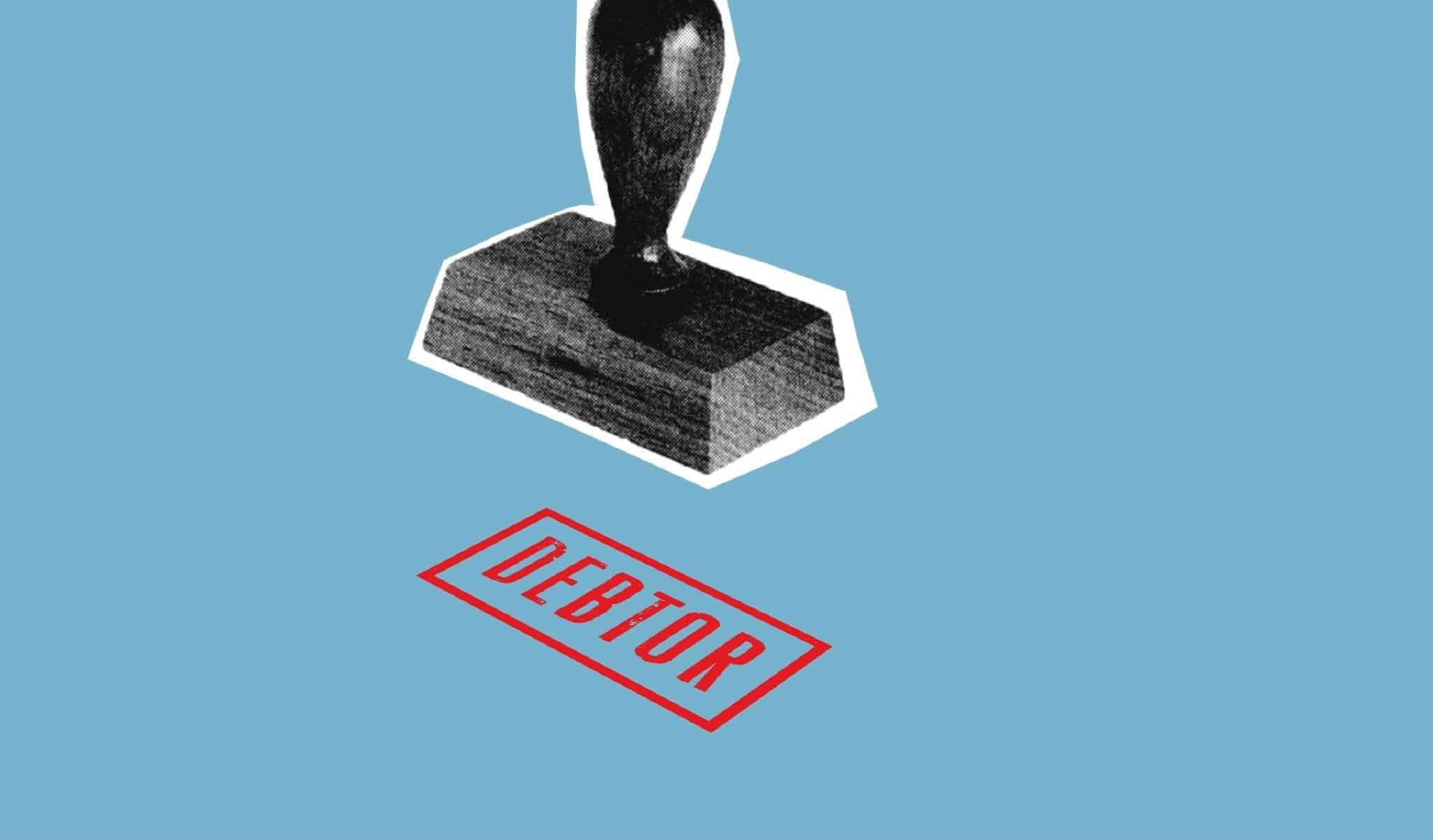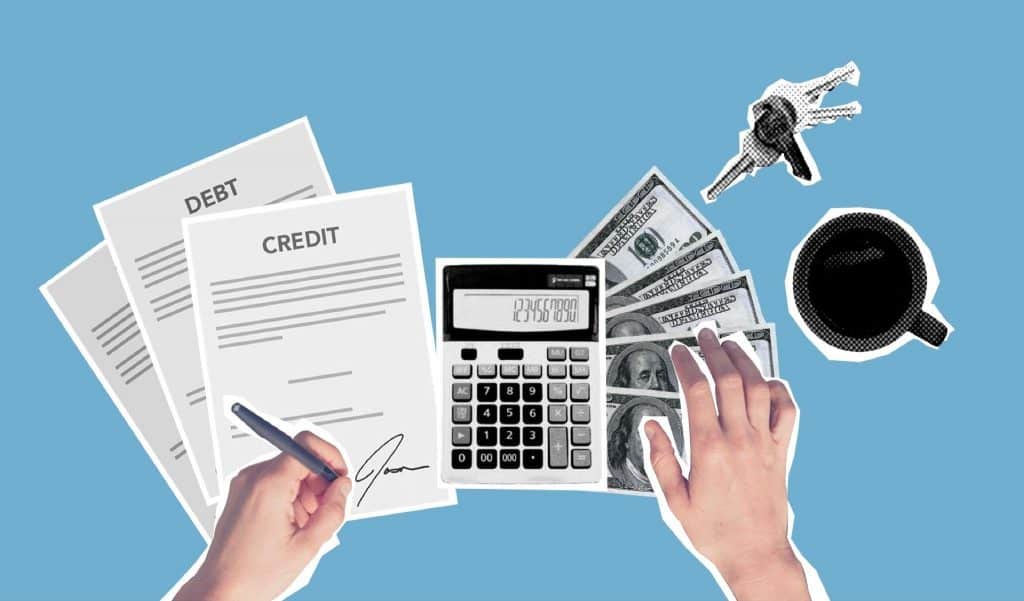Are you feeling powerless as your debt piles up, with payments only serving to slowly bleed you dry each month? Does the prospect of dealing with your mounting bills make you anxious? You’re definitely not alone.
We’ve all been there – drowning in debts that seem impossible to pay off. Whether due to unexpected medical bills, job losses, or other financial hardships, accumulating debt can wreak havoc on your finances and mental well-being.
Many people have found themselves in a place where debt feels overwhelming and inescapable. Whether due to a job loss, unexpected medical expenses or other unforeseen circumstances outside of one’s control, debt accumulation often happens gradually before it snowballs out of control.
The constant stress of finances can take a serious toll on your well-being, impacting relationships and everyday life. But have no fear – there is hope! Debt relief programs exist that can help reduce or eliminate what you owe, allowing you to regain control of your monetary situation.
In this detailed guide, we will unlock the secrets to navigating various debt relief options like bankruptcy, debt settlement and debt consolidation. By the end, you’ll have the power to make an informed choice regarding the path best suited to transform your financial circumstances. It’s time to learn your debt dissolution possibilities – let’s dive in!
Debt relief programs provide struggling individuals with options to manage unsecured debts that have spiraled out of control. In simple terms, these are solutions aimed at reducing or eliminating unsecured debt like credit cards, medical bills, personal loans, and so on for individuals facing financial hardship that has spiraled out of control. But with various types available, it’s important to understand how each one works.
It involves taking out a new loan to pay off multiple existing debts. This consolidates various loans into one single payment at a lower interest rate to make debt repayment simpler. The key is understanding the advantages and limitations of each approach to select the best fit for your financial standing. Consult debt professionals before deciding.
However, you’ll still need to fully repay the consolidated amount. In other words, debt consolidation streamlines repayment, the borrower is still on the hook for repaying 100% of the consolidated amount. It does not erase any portion of what is owed. The interest savings, hence, can free up money to put toward paying off the new loan faster.
Through debt settlement, debt relief companies negotiate with creditors to accept a reduced balance in full settlement of unsecured debt that is significantly greater than the amount being settled for, typically 50-70% of the total. For example, settling a $10,000 debt for $6,000. This approach has tax implications and may impact your credit score.
This option provides immediate debt relief but has drawbacks. Settled amounts are generally treated as taxable income. It also takes time, as accounts are settled one by one over 12-24 months. Credit reports suffer moderate damage during negotiations too.
Declaring bankruptcy essentially means filing a legal case in court to eliminate or restructure unsecured debts that cannot be repaid. There are two main types – Chapter 7 (liquidation of assets) and Chapter 13 (reorganization of payments over 3-5 years). Bankruptcy remains on your credit reports for 7-10 years and makes obtaining new credit lines difficult.
While bankruptcy provides a fresh financial start post-discharge, it lasts 7-10 years on credit history. Obtaining loans, mortgages, and some jobs becomes difficult. Mandatory pre-bankruptcy credit counseling is also part of the process.
Eligibility for Debt Relief

Certain criteria determine if debt relief programs can assist your situation. As mentioned earlier, the major factors determining eligibility include income, debt amounts, and credit profile. But there are also program-specific criteria to keep in mind.
Most programs have maximum income thresholds. For example, bankruptcy is ineligible at income over the state’s median level. Asset ownership may also impact eligibility for some programs. For debt management plans (DMPs) and nonprofit credit counseling programs, total monthly income is usually considered.
Income thresholds typically range from $2,500 to $5,000 per month, depending on household size. Bankruptcy has higher income limits based on median family income levels in your state. For Chapter 7 liquidation, income must be less than the state median. While Chapter 13 repayment plans have no fixed limit, the committable portion of income plays a role.
Debt consolidation and settlements usually require minimum debt balances, often $5,000 and above, to ensure programs are cost-effective and worthwhile. Bankruptcy has no such lower limits. Having debt payments take up more than 43% of your gross monthly income makes debt relief through programs like DMPs a suitable option. Debt consolidation aims to lower this ratio to under 40% for manageability.
Severely delinquent accounts or a prior bankruptcy/foreclosure within the last few years can render some programs redundant. Credit scores under 600 make debt settlement challenging as creditors are unlikely to negotiate.
Most programs have minimum unsecured debt requirements of $5,000 or above. Bankruptcy has no floor limits but filing for smaller amounts is uneconomical. Debt settlement works best with $7,500-$15,000 or more in unsecured credit card obligations.
All accounts should be open/current and not in final collections status. Charged-off or closed accounts over 5 years old don’t impact eligibility but very recent defaults may hinder chances depending on program specifics.
If you previously filed for Chapter 7 or 13, there is usually a mandatory waiting period—typically 6-8 years—before re-filing is allowed. This ensures programs are not misused in quick succession.
It’s best to determine your eligibility and options through counseling. Non-profit credit agencies like NFCC provide free assessments to understand suitable programs. Being well-informed enhances your readiness for the debt relief process.
Assessing eligibility thoroughly avoids embarking on unsuitable options or wasting time processing applications that are bound to result in rejection based on individual factors. Professional guidance can work through these criteria effectively.
Choosing the Right Debt Relief Program

Seeking advice from trained experts helps analyze programs objectively and identify the most appropriate solution based on individual financial history and goals. An advisor can also weed out scams from legitimate providers. With a clarity on your situation, carefully consider the following factors to pick the most effective program:
If income just about covers minimum payments, debt consolidation lowers rates and may provide breathing room. High debt/income ratios indicate more serious problems necessitating relief via settlements or bankruptcy.
Consolidation impacts credit least while bankruptcy hits it the hardest for years. Settlements have a moderate effect based on negotiation results. Assess what you can afford short and long-term.
Debt consolidation and Chapter 13 bankruptcy require continued payments over 3-5 years. Settlements and Chapter 7 liquidation generally discharge debts within 6-12 months for a one-time fee.
Consolidation doesn’t impact creditors directly. Settlement success depends on creditors agreeing to negotiated amounts. Filing for bankruptcy protection compels creditors to resolve debts under court supervision.
With diligence and perseverance, light awaits at the end of the tunnel for those grappling with debt woes. Always remember – you have options and help exists. Once a program is selected, here are key steps to take:
Research qualifications, success rates, customer reviews to hire trustworthy organizations. Reputable agencies like NFCC provide referrals to experienced counselors. Avoid companies charging large upfront or recurring fees.
Submit tax returns, bank/pay stubs, loan documents to providers for analysis. Some might require pre-approval from certain creditors too. Ensure the process aligns with factual eligibility.
Strict maintenance of a new budget is paramount. Anticipate program costs and educate self on maintaining finances responsibly during the timeline. Make timely payments as required by the setup.
Stay respectful yet assertive while negotiating debt settlements. Note any concessions made by creditors in written agreements to settle for realistically affordable amounts. Continued hardships warrant flexibility.
Mark progress toward goals, address issues proactively, and verify credit updates reflect activity accurately to avoid downstream problems. With Bankruptcy, debts are wiped clean post discharge. Consolidations and settlements require fulfillment for certificates of completion.
- Credit Card Balance Transfers: These allow transferring high-interest cc debt to a new card offering a 0% intro APR period (typically 12-21 months) to save on interest and pay down debt faster.
- Personal Loans: A lower-interest personal loan can be used to pay off multiple credit cards and other high-interest debts. Shop for the lowest rates.
- Deferment/Forbearance: For student loans, requesting temporary relief by postponing payments for a defined period when facing financial hardship.
- Income-Driven Repayment: Student loans also offer IDR plans to make smaller monthly payments tied to income/family size and get potential forgiveness after 20-25 years.
- Loan Modification: Contacting mortgage lenders directly to negotiate more affordable terms like lower rates or switching to interest-only payments to avoid foreclosure.
- Retail Credit Card Hardship Programs: Some store credit issuers offer customized programs waiving fees/interest for a limited time when on disability, unemployed or facing other temporary setbacks.
- Home Equity Loans: For homeowners with existing equity, a HELOC/loan to pay down high-interest debts and consolidate borrowing at a lower interest rate
- Negotiate Payments Directly: Contact creditors respectfully requesting lower minimum payments, waiver of fees or to be put on a payment plan without any programs if current income just about covers living expenses and minimum payments on at least one card. Creditors are often willing to work directly in certain circumstances.
Consequences of Defaulting on a Debt Relief Program

Defaulting on a debt relief program will have negative consequences, so it’s important participants understand the importance of following through on the terms. The consequences of defaulting vary depending on the specific program, but some common ones include:
- For debt consolidation loans, late or missed payments will be reported to the credit bureaus and can severely damage your credit score. You’ll also face penalties like late fees from the lender.
- With debt management plans, late or insufficient payments can result in the creditors no longer participating in the DMP. This leaves the original debts unpaid and may prompt them to restart collections efforts like calls and lawsuits.
- For bankruptcy, failing to make required payments under a Chapter 13 repayment plan can lead to the bankruptcy being dismissed. This means the original debt obligations will remain in force, and ongoing collection/legal actions are allowed to resume by creditors.
- Debt settlement programs have no legal protection if you default. Creditors may restart actively collecting the full balance owed plus accumulated interest and fees. It can also reduce the willingness of other creditors to negotiate settlements in the future.
- In all cases, defaulting damages your credit and reputation with creditors, reducing chances of obtaining any sort of debt relief or favorable credit terms going forward.
It’s always best to fully commit to the terms of the debt relief program or voluntarily withdraw early if unable to comply instead of defaulting. The fallout from defaults can severely set back financial recovery efforts.
To recap, debt relief programs provide viable tools to address unmanageable financial obligations. By understanding their nuances, assessing your eligibility sincerely, choosing programs factoring your needs thoroughly, and navigating the process prudently, you set the stage to restructure debt successfully.
Moreover, seeking expert guidance from reputed non-profit organizations is crucial every step of the way. With their assistance, you gain optimism, direction, and motivation to convert difficult financial turmoil into lasting stability. I wish you the very best moving forward. If you have any other questions, please feel free to ask. Now, go regain control over your money matters!
Explore more about debt consolidation here. Learn expert tips for managing debt settlement. Or read our guide on maintaining a good credit score during debt relief. Wherever you are in your journey, I hope this article equipped you better to navigate debt relief programs wisely.



